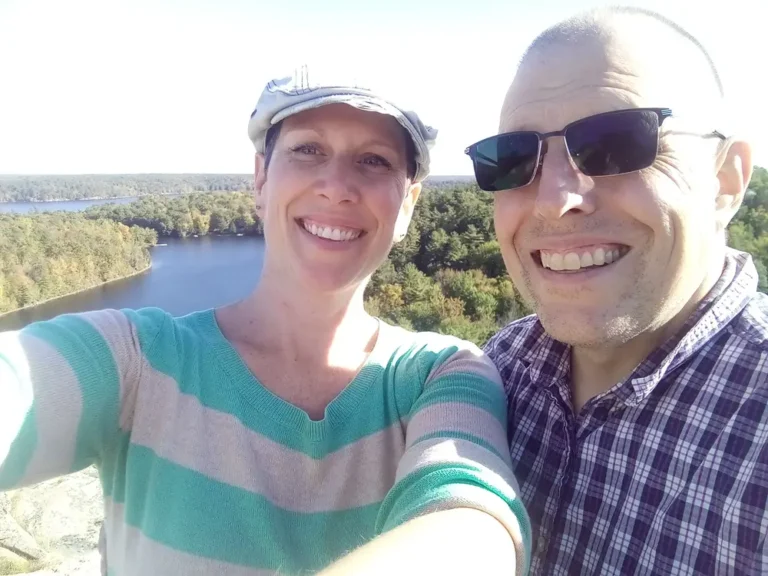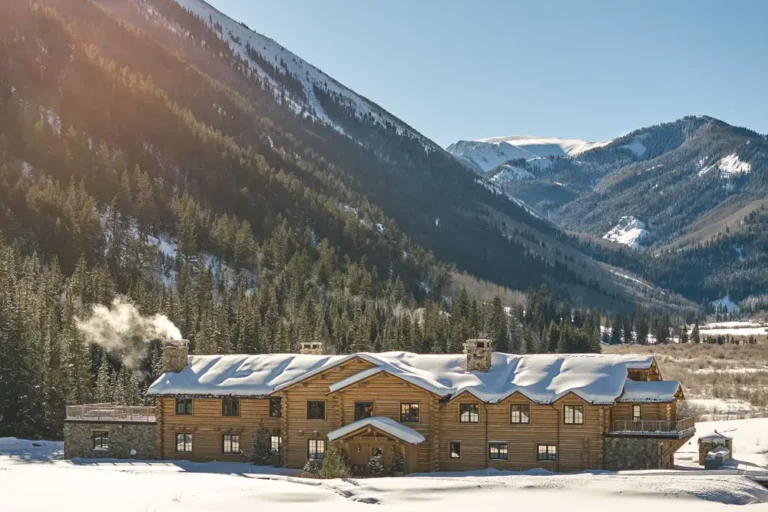The making of America’s fastest-growing city
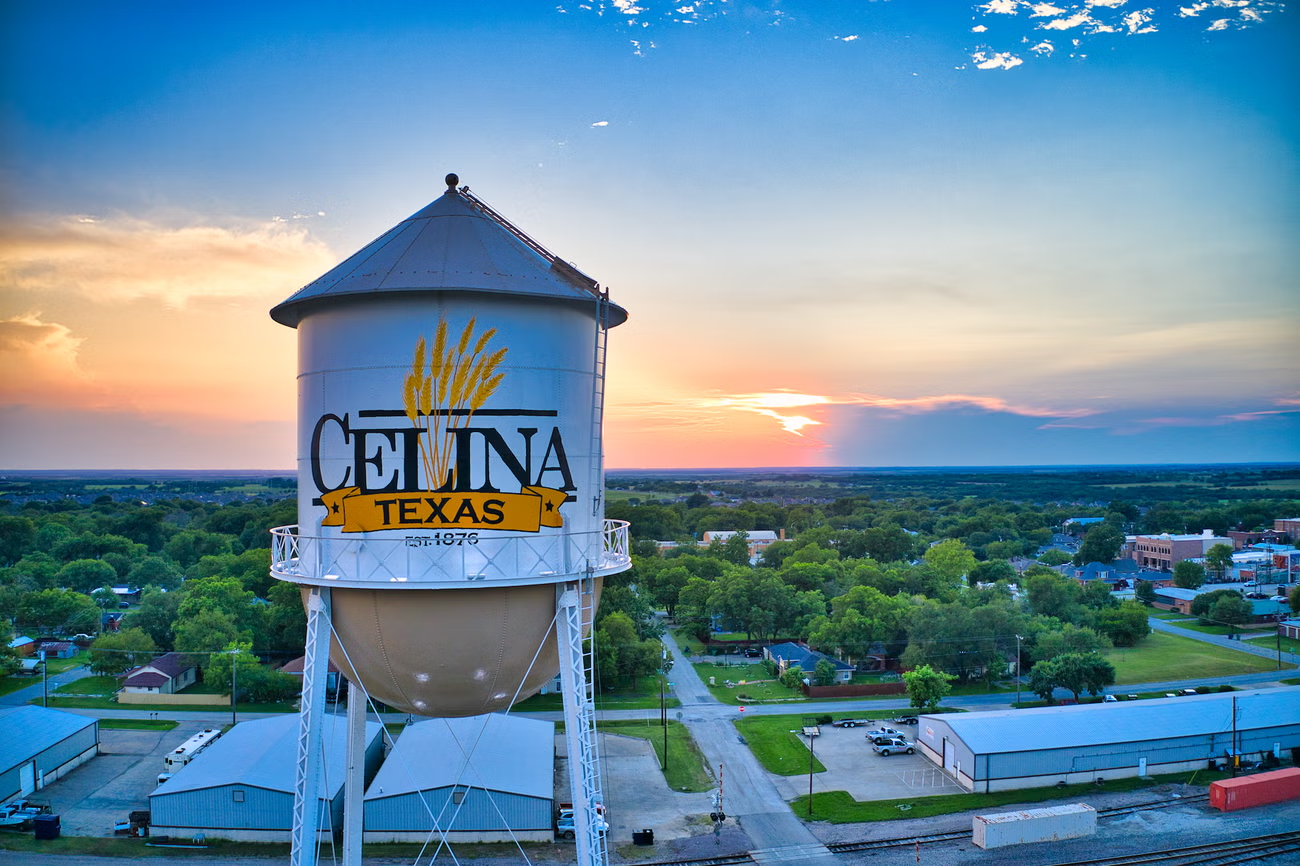
Celina is a small spot outside Dallas that is attracting new residents with freshly built homes and a tight-knit community.
The water tower of Celina, a small Texas town in Collin County that is about 41 miles north of Dallas.
Just about 41 miles north of Dallas lies Celina, a small North Texas town that is America’s fastest-growing city.
In Celina, American flags grace the sidewalks and the sound of country tunes fills its local businesses. Here, shop owners greet their customers by name, while neighbors exchange warm hellos as they ferry their children to and from school in shiny golf carts.
The hallmarks of urban life like bustling shopping malls with dozens of stores and parking lots are noticeably absent, and the city only recently welcomed its second Starbucks in October. However, Celina does have one commodity in abundance: newly-built homes.
Much like the intrepid gold miners of the Gold Rush, movers from all corners of the country are flocking to this once-overlooked city. US Census data shows a remarkable 26.6% population surge from July 2022 to July 2023, far exceeding the nation’s 0.5% growth rate.
In 2010, the city had only 6,028 residents. By 2020, this number had increased to 16,739, and by 2023, the population had skyrocketed to 43,317, according to the census.
An analysis of Census migration data reveals that most new residents in Collin County, including Celina, come from Texas zip codes, as well as California, Florida, Georgia, Illinois, and Missouri. There’s also a significant number relocating from zip codes across Africa, Asia, Central America, and Europe.

Downtown Celina, Texas.
Texas has surged to the forefront of domestic migration within the United States. While major cities like Austin, Dallas, and Houston have long spearheaded the state’s dramatic population growth, smaller, lesser-known areas such as Celina, New Braunfels, and Katy are now taking the lead. Their rising popularity is partly attributed to what they offer that many bigger cities can’t: a down-to-earth lifestyle, relatively low costs, and homes ripe for the picking.
“We’re growing at about 20% every year,” Ryan Tubbs, the mayor of Celina since May 2023, us. “It’s just astronomical growth when you think about the influx of residents and the number of housing permits. Even so, our vision is to maintain that small-town feel, no matter how big we get.”
Celina is capitalizing on a wave of growth sweeping North Texas
Each month, Celina welcomes an average of 830 newcomers to the area — a trend that wasn’t always the case. These transplants often arrive with higher incomes and larger budgets for homebuying.
Celina’s transformation from mainly corn and cotton farmland into a rapidly expanding city, dotted with thousands of newly built homes, traces back to a developmental wave that has spread across Collin County, including nearby cities like Prosper, Frisco, and Plano.
Their metamorphosis into sprawling suburban metropolises has been greatly influenced by the ongoing expansion of the North Texas Tollway, which has increased accessibility to the previously remote cities.
The first 30-mile segment of the Tollway opened to drivers in 1968, spanning between downtown Dallas and Interstate 635. By the early 2000s, it had expanded to US Highway 380 in Frisco. In December, the North Texas Tollway Authority announced plans to extend further into Prosper and Celina.
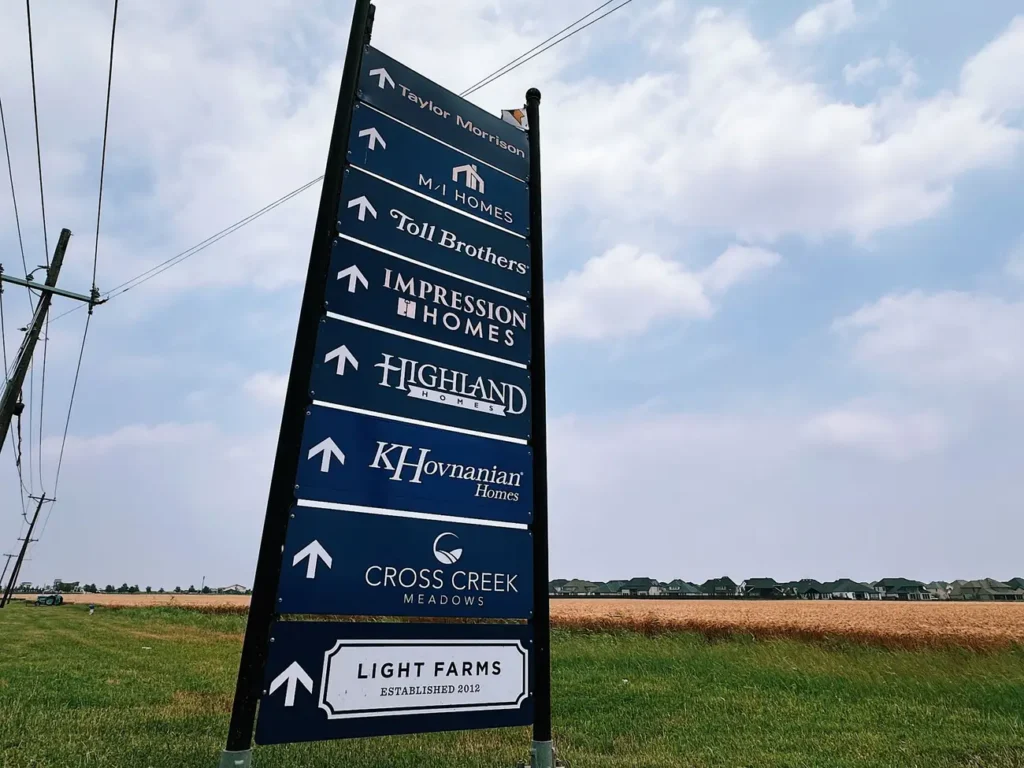
This sign, positioned near the town’s entrance, showcases the array of homebuilders in Celina
With Celina becoming more accessible, numerous new housing developments led by builders like Taylor Morrison, Toll Brothers, and Highland Homes, combined with the rise of remote work, have heightened the area’s appeal for both local Texans and transplant renters and homebuyers.
According to the city, from 2010 until June 2024, 15,062 single-family permits have been issued for Celina.
“Most of the new homes in Celina have been built north of the downtown area, closer to the border with Prosper,” Tubbs explained.
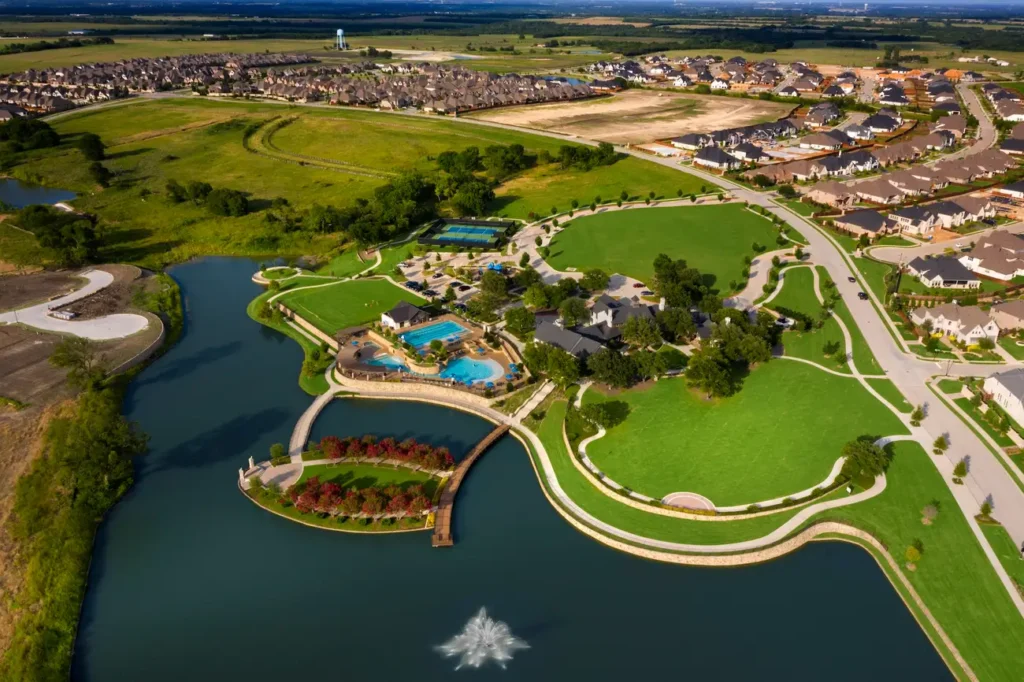
The Mustang Lakes neighborhood by Highland Homes is just one of the many developments in Celina by this homebuilder
Homebuyers have been drawn in by Celina’s charming small-town vibe and its array of expansive, modern homes within meticulously master-planned communities. These tailor-made residential neighborhoods, often built on more than 2,500 acres of land and functioning like mini-cities, can vary in size from 100 to 50,000 homes, as noted by Bankrate.
In Celina’s Highland Homes’ Mustang Lakes neighborhood, residents are treated to an extensive list of amenities, including a 12,000-square-foot private amenity center, junior Olympic and resort-style pools, a fitness center, four competition tennis courts, an amphitheater, 18 miles of trails, playgrounds, an event lawn, as well as 14 lakes.
This type of community is not an exception in Celina — it has become the standard for homebuilders in the area.
“These types of communities are all-encompassing,” Julissa Casas, a real-estate agent at the JC Porcher Real Estate Group, told us. “There’s a lot of different attractions and something for everybody. You don’t necessarily need to go further out of the community, I think that is appealing to people.”
The city’s real estate market is booming
Aaron Graham, president of Highland Homes, told us that back in the 2000s, the company began building in Celina, but the timing was premature.
Now, the situation has completely flipped.
“We always knew Celina had the potential, but you have to build homes where the market wants to buy and in 2004 it was too far out of the way,” Graham said. “The population growth has been astounding.”
Highland Homes, which specializes in luxury homes within master-planned communities, has built several successful neighborhoods in Celina since 2020 including Mustang Lakes, The Parks at Wilson Creek, Cambridge Crossing, and the Mosaic. Home prices in these neighborhoods start in the low $500,000s and reach into the millions.
Graham said that to date, Highland Homes has closed 1,930 home sales in Celina, and by year’s end, the total is expected to be closer to 2,100.
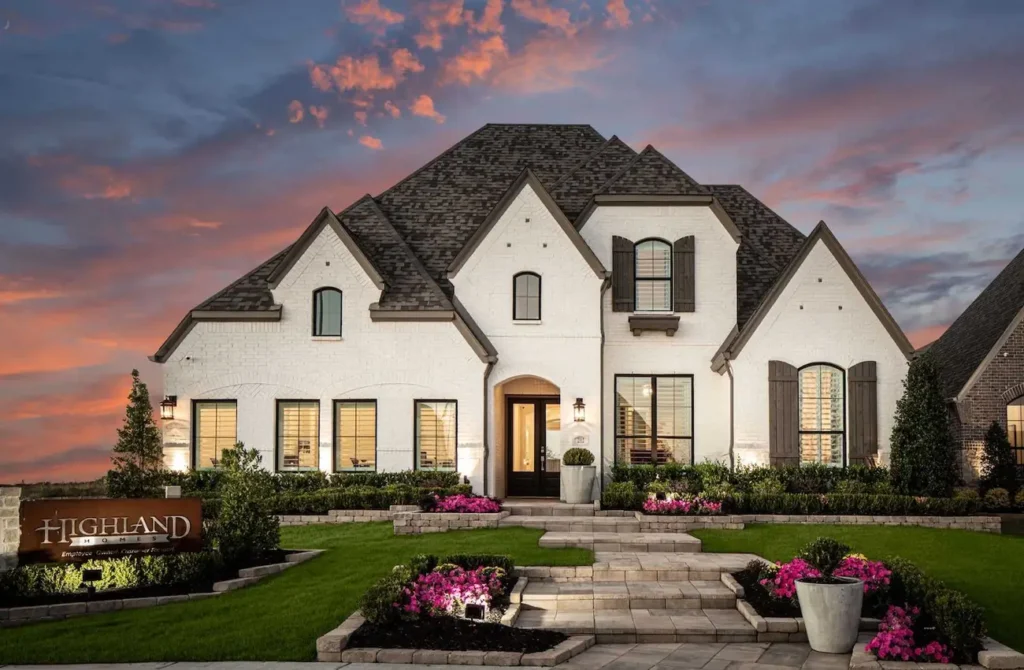
A model home within the Mustang Lakes neighborhood by Highland Homes.
The abundance of relatively affordable homes in Celina has attracted numerous homebuyers from both the more costly West and East Coasts, according to Casas, who moved to Celina from nearby Little Elm six years ago, said.
“There are a lot of people coming from other states like California and New York,” Casas said. “They’re looking for small-town conservative areas.” Movers are also seeking smaller communities with a variety of events, she explained.
“We have Cajun fest and the Troubadour Festival,” she added. Cajun Fest is among Texas’ largest crawfish boils, featuring live music, vendors, and carnival rides. Meanwhile, Troubadour is one of the state’s premier barbecue and country music festivals. “They’re also talking about putting in a rodeo.”
New businesses are moving into the city
With more people living in the city, Celina’s economy is also growing as local businesses and services benefit from increased demand.
Tracy Miller, owner of downtown Celina’s decor boutique shop, Terramania, told us that sales have steadily increased over the two years since its opening, and she anticipates this trend to persist in the years ahead.
“People are coming to see what’s happening in this town, so our customer base is not just limited to Celina — it’s everywhere.” Miller said. “We’re at that point where we’re waiting for an explosion to happen.”

Tracy Miller, owner of downtown Celina’s decor boutique shop, Terramania.
Tubbs said the city is constructing a new city hall and expanding its staff to accommodate its growing number of residents.
According to him, Celina is adding approximately 40 to 60 staff members per year, mainly first responders, which brings the total number of city employees to around 350 so far — much smaller than Dallas, which had about 15,300 employees as of 2022, according to its city hall.
“We definitely pride ourselves on public safety,” Tubbs said. “Between public works, fire, and police, these departments account for the majority of our new hires among city staff.”
The city is changing but is holding onto its values
The influx of new residents from higher cost-of-living states like California, combined with Celina’s notably higher median household income — $142,643 as of 2022 Census data, compared to the national average of $74,580 during the same time period — has also driven a demand for luxury amenities within the city.
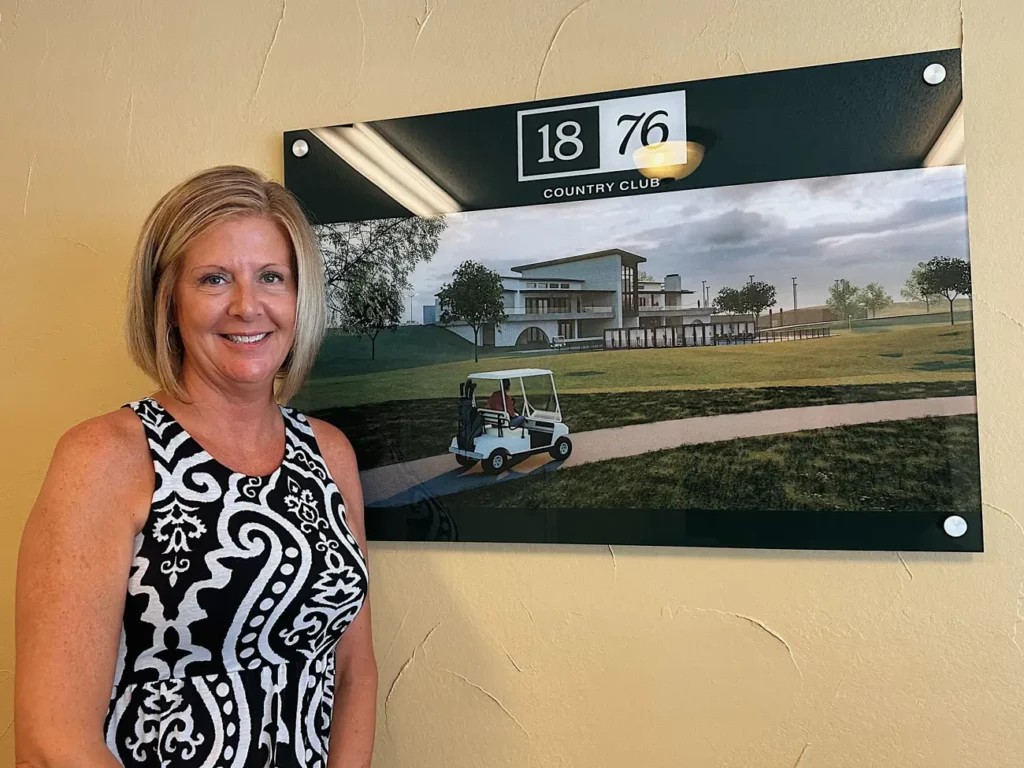
Sandy Lewis, director of sales, operations, and membership at the 1876 Country Club.
Taking advantage of this trend, Centurion American Development Group is building a clubhouse named the 1876 Country Club, named for the year the Texas Constitution was adopted, in Celina’s Legacy Hills development. The membership-only facility will feature an 18-hole golf course, tennis and pickleball courts, and fitness center.
The golf course is scheduled to open in the summer of 2025, with the clubhouse following suit in the summer of 2026. It will be open to members from various housing developments and communities throughout Celina.
“Everyone is moving to this area,” Sandy Lewis, the club’s director of sales, operations and membership, told us. “This town doesn’t have a fully private club yet, so it is primed and ready to welcome a club offering all age ranges and lifestyles, from social to golf. It’s a great way to kick off in a town that is just beginning.”
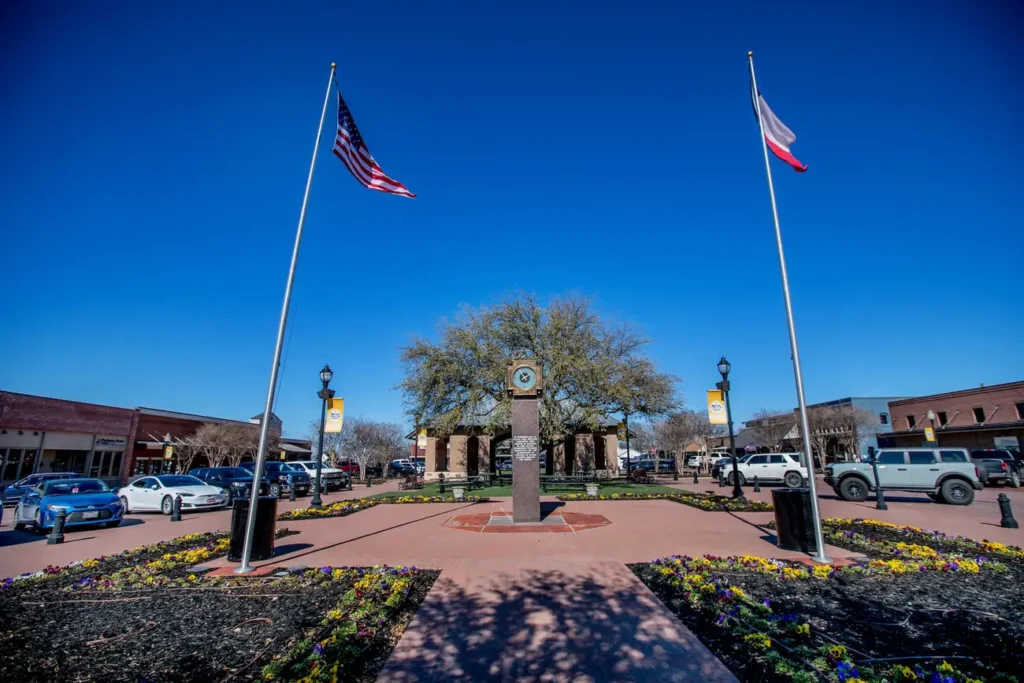
The downtown square of Celina.
Despite the ongoing changes in Celina, the community spirit remains strong.
This became particularly evident following rainstorms that began in April, leading to a federal disaster declaration in June for several counties, including Dallas and Collin County in Texas.
In May, Celina, directly in the path of a tornado, saw six homes destroyed beyond repair and widespread damage, as reported by WFAA news station.
In response, residents united across the city, forming volunteer groups and providing prayers and mutual support. Many pitched in by clearing debris from homes, offering shelter, and even assisting with tasks like picking up diapers or pet food for those in need.
There is no official count on the number of residents who took part in volunteer efforts. However, Joe Monaco, director of marketing and communications for the city of Celina, told us that there were “countless volunteers who came out.”
Casas, who herself volunteered for the storm relief efforts, said that the sense of camaraderie is what makes Celina so wonderful.
“In Celina, everyone is there for each other,” she said. “We get a lot of volunteers, and the city does a great job of organizing. That’s what I love about the city — it is growing, but it still has a small-town community feel.”

